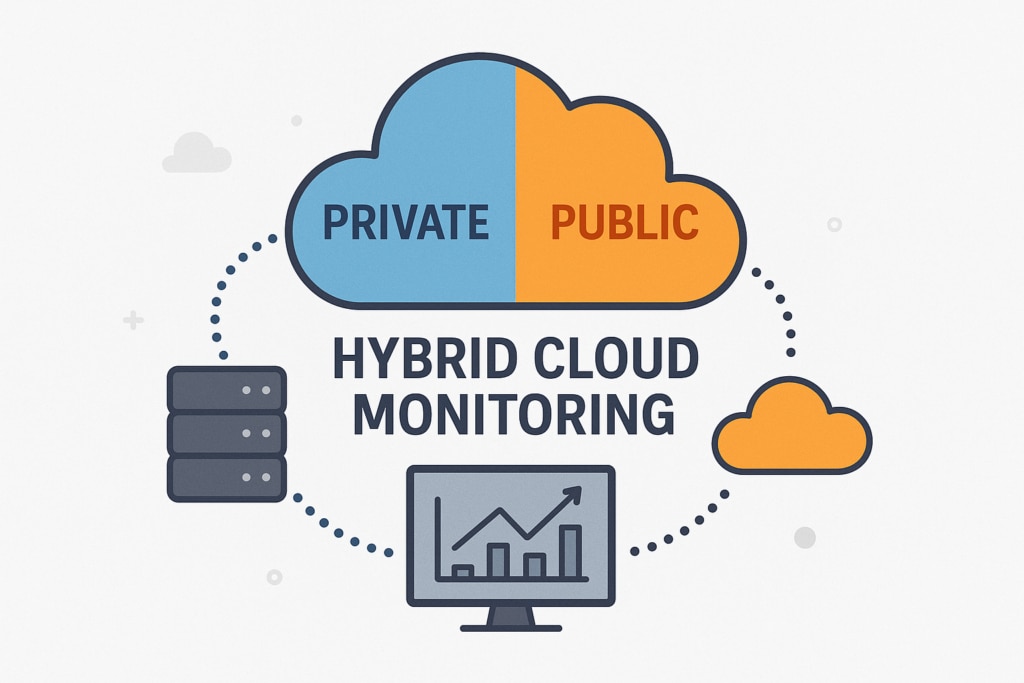Today, businesses are investing heavily in digital technologies to improve different aspects of their business and get an edge over the competition. Customers are at the center of most of these digital initiatives, and businesses are always seeking better tools and systems to track customers and understand their needs. Businesses need to understand how their websites and applications are performing and find ways to deliver a consistent experience across different customer touchpoints. Nonetheless, customers often encounter website errors, crashes, failed payment transactions, or slow-loading pages. Businesses need real-time intelligence to capture the issues affecting their website performance and customer experience. Digital experience monitoring offers a way forward.
What Is Digital Experience Monitoring?
Digital experience monitoring, or user experience monitoring, is an evolving set of tools and practices to help businesses capture data from their websites and applications for insights into performance and user experience. While it can include both synthetic and real user monitoring (RUM) data, digital experience monitoring tools aim to enhance user journeys mainly by tracking client-side interactions and allowing easy correlation with the server-side problems. Digital experience monitoring is an essential component in the Gartner Magic Quadrant for application performance monitoring along with application discovery, traceability, diagnostics, and analytics.
Benefits of Digital Experience Monitoring
Improved User Experience
Unlike website monitoring tools of the past, which used to provide high-level aggregated data about users visiting a website, user experience monitoring allows businesses to get granular visibility into users’ behavior with advanced filtering and real-time metrics. The tools allow filtering of user data based on geographic location, browser, and the type of device used. Businesses can monitor trends over time and analyze metrics such as average session duration and bounce rate to identify their best-performing pages. This helps businesses assess their customers’ interests and make strategic business decisions regarding product portfolio expansion, pricing, discounts, distribution, etc. Businesses can make design optimizations to enhance experience across the browsers and platforms that generate maximum traffic for the website. Some digital experience monitoring tools also help you track the Apdex score, which is an open standard for measuring user experience. Further, businesses can define their own metrics and thresholds to assess user experience and get real-time alerts for any degradation in website performance. The insights provided by these tools help website administrators quickly detect performance bottlenecks and drill down to troubleshoot issues. With client-side performance data easily available in a single place, the development team can make data-driven decisions to design new webpages or improve their existing web applications.
High Availability
Websites don’t always perform the same in all locations; a webpage can load well in certain geographic regions, while in others it can take a longer time or fail to load. Issues such as server location, technical outages at the hosting provider’s end, or other localized network-related problems can cause this. It’s important for businesses with global operations to keep track of their website availability across all business-critical regions, detect issues with website availability quickly, and resolve them as soon as possible. Digital experience monitoring tools often include such availability or uptime monitoring features. These tools allow businesses to get availability information using their polling servers, which are spread across the globe. The tools provide real-time alerts along with utilities such as tracert to help diagnose technical issues and detect the root cause of website failure. This allows businesses to restore services quickly and ensure high availability for continuous operations.
Unhindered Transactions
While monitoring a website’s uptime is crucial, many other elements on a website can malfunction and affect customer experience. Transaction monitoring is a useful synthetic monitoring technique to help businesses ensure all elements involved in supporting critical website workflows remain functional. It allows you to simulate a series of steps or workflows on a website to check processing times and failures in the process. For instance, an e-commerce business can synthetically track the entire workflow for buying a product online. With regular checks, transaction monitoring surfaces issues with critical workflows or transactions and helps businesses resolve performance issues affecting their customer experience.
Which Is the Best Digital Experience Monitoring Tool?
As stated earlier, digital experience monitoring is an evolving discipline and there are several players in the market with different tools and solutions for the purpose. Many traditional vendors offering tools for website monitoring have updated and repackaged their existing tools to capture the user experience monitoring market. At the same time, application performance monitoring (APM) solutions built for DevOps teams to meet more complex use cases also offer experience modeling and monitoring capabilities. These solutions can have a longer learning curve and might require significant time and effort in instrumentation and configuration. On the other hand, it’s possible to create a similar setup using some open-source solutions. Businesses should evaluate their monitoring requirements, team skills, and ease of implementation and usage to shortlist potential solutions.
We recommend commercial solutions as they offer an easier setup, allowing organizations to get started quickly and adopt best practices without investing time and effort in complex configurations and maintenance. SolarWinds® Pingdom® is one such solution. You can sign up for a 30-day free trial or get a free demo to understand its features and advantages. SolarWinds also offers a full suite of APM tools to help integrate metrics, traces, and logs for unified analytics and insights. These tools are suitable for businesses seeking higher observability. With these tools, organizations can get deeper insights into their application performance and customer experience by monitoring data from both client and server sides with easy correlation, visibility, and end-to-end traceability.

